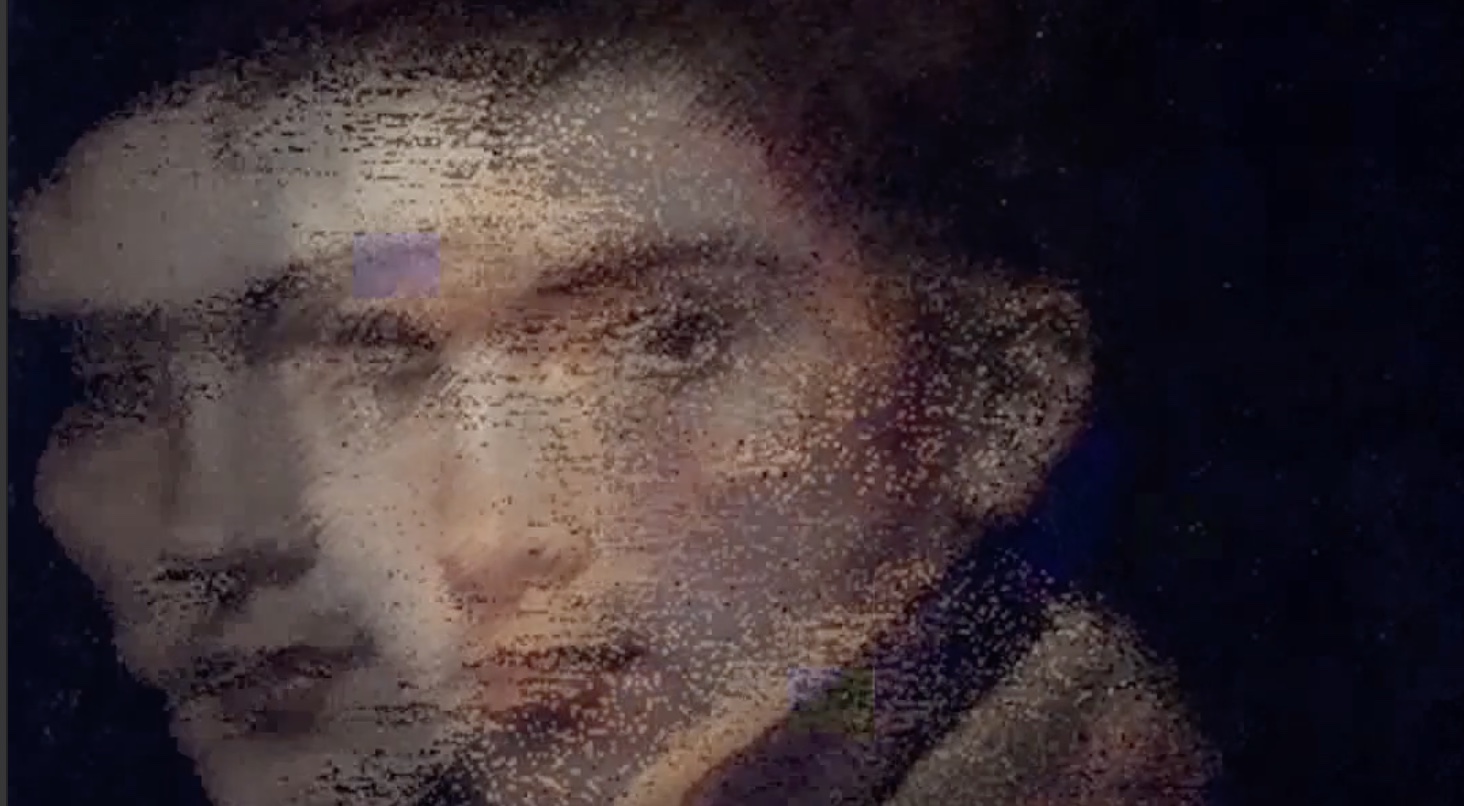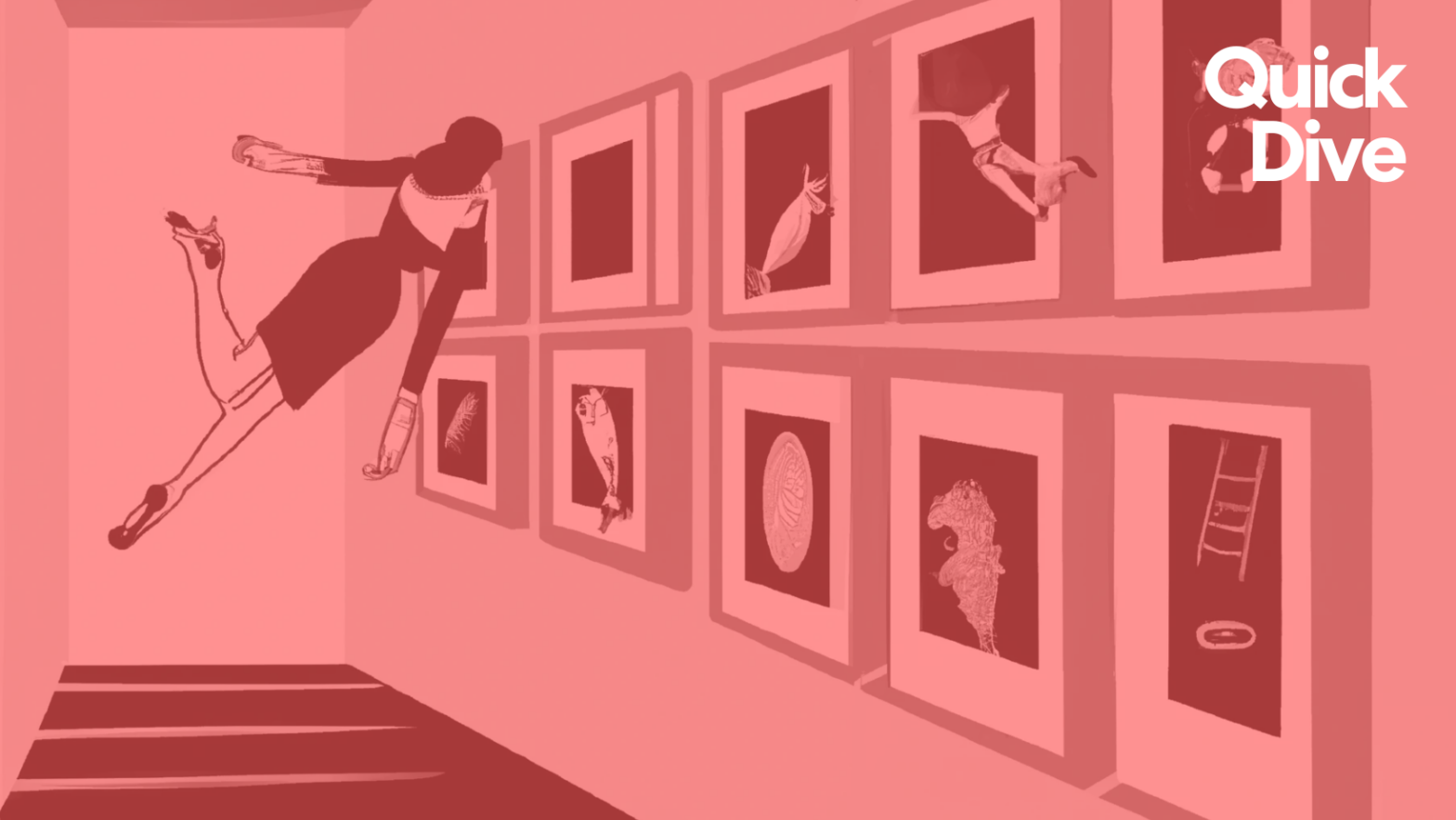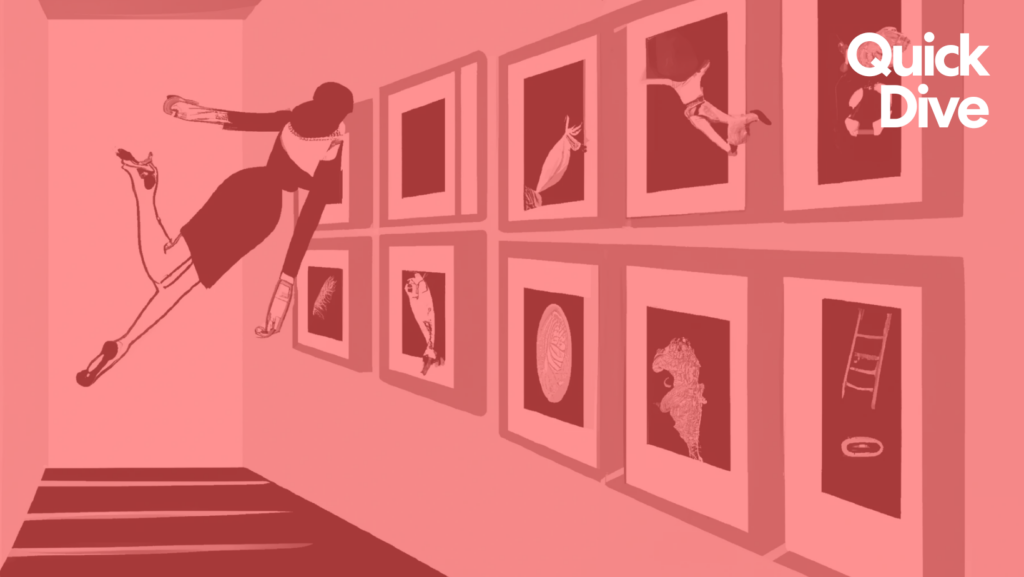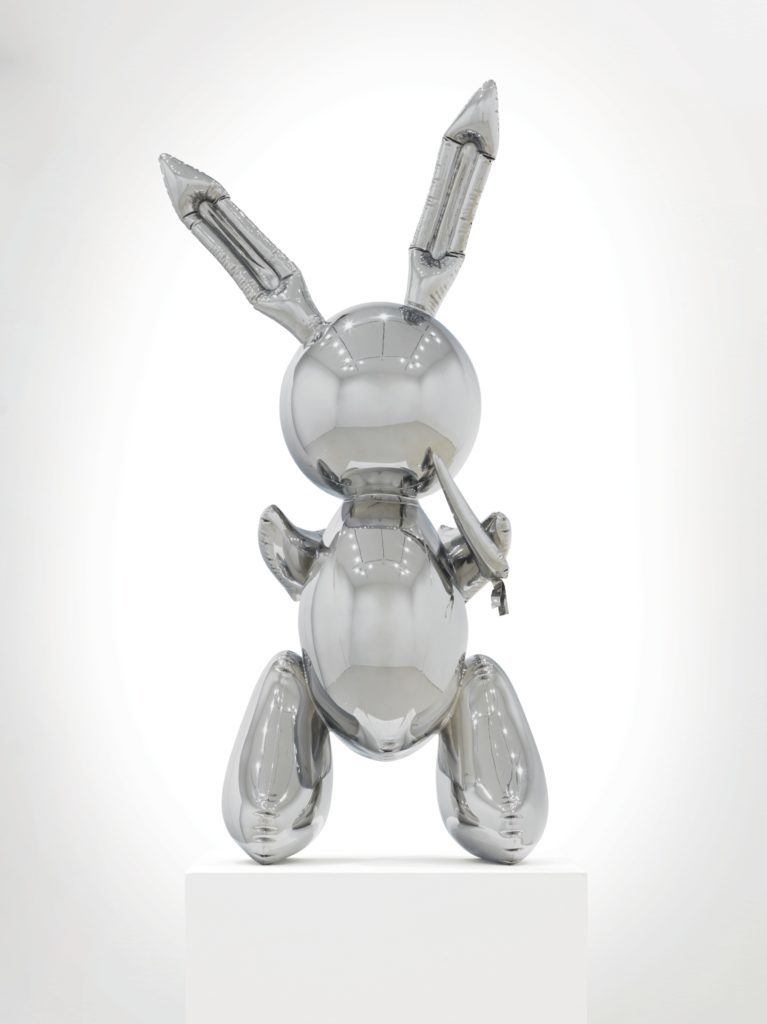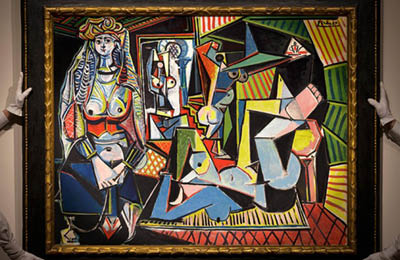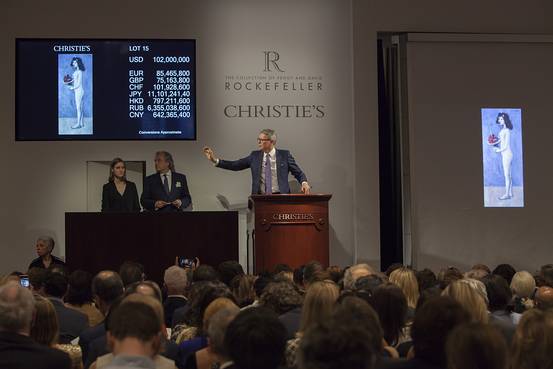Domenico Barra and Pau Waelder
DISØRDINARY BƏAUTY is an ongoing art project by Domenico Barra that explores ugliness through glitch art. The project has been developed as a series of NFTs, with a new phase taking place on Niio as a work in progress, in which the artist will periodically upload new artworks and accompanying documentation. Here in the Editorial section, we are publishing email exchanges bringing light into Domenico’s creative process and the ideas and influences behind this project.
Follow Domenico Barra’s work in progress on your screen in DISØRDINARY BƏAUTY: art canon
Domenico Barra, DB a̶r̶t̶ ̶c̶a̶n̶o̶n̶ | s̶e̶l̶f̶-̶p̶o̶r̶t̶r̶a̶i̶t̶, 2023
Second ɛʍǟɨʟ exchange
This exchange took place shortly after the NFT sale “Natively Digital: Glitch-ism,” which was scheduled to take place at Sotheby’s from March 24th to the 31st, was cancelled due to the backlash caused by the absence artworks by women artists in the selection presented by the auction house. Sotheby’s is currently working on re-launching the sale with the inclusion of artworks by women artists who have explored the aesthetics of glitch.
from: Pau Waelder to: Domenico Barra date: Mar 29, 2023, 10:03 AM subject: Continuing our conversation on Niio Editorial
Hi, Domenico!
This time I’d like to ask you three questions:
- Why did you choose these two portraits that make the Disordinary Beauty series so far? In Artvee there are many famous paintings, including the Portrait of Eleanor of Toledo that is depicted on the cover of some editions of Umberto Eco’s History of Beauty. There are also avant garde artworks, which already “glitch” the notion of beauty. Why then these two relatively unknown portraits?
- Continuing with Eco and the eternal question of beauty, which reflections have you extracted so far from your experiments in glitching beauty?
- You have recently expressed on Twitter your disappointment at the lack of understanding of glitch art and how it is becoming trendy in the NFT space. Can you elaborate on this discussion? Would you say that artistic expressions like glitch art are often ignored and then suddenly launched into mainstream attention in a superficial way?
I hope these questions are interesting!
from: Domenico Barra to: Pau Waelder date: Mar 30, 2023, 1:07 AM subject: Re: Continuing our conversation on Niio Editorial
Hello Pau,
RE:1 (Why did you choose these two portraits that make the Disordinary Beauty series so far?)
My selection of paintings for my ongoing glitch art video series, Disordinary Beauty | Art Canon for Niio Art, was motivated by several factors. Firstly, the choice of format dictated the selection process, as I wanted works that required minimal cropping to retain their original integrity. The video format I had to adhere to was 9:16, and I sought paintings that would complement this format and still showcase the unique and peculiar features of the original pieces.
Domenico Barra, DB a̶r̶t̶ ̶c̶a̶n̶o̶n̶ | a̶ ̶b̶e̶a̶u̶t̶y̶ ̶i̶n̶ ̶v̶i̶o̶l̶e̶t̶, 2023
I chose Portrait of a Lady as Diana, also known as A beauty in violet by Paul Quinsac because the author came from a generation of artists who received rigorous academic training and went on to pass this academic training to the following generation of artists. Quinsac contributed to the transition from grandiose art to modern art that still respected classical tradition, and this dedication to building a legacy with the past during an artist’s contemporaneity is what I aim to challenge, this strong tradition that persists over time is where I want to create a conflict with my work. It’s this sense of beauty, as idealized by classical academic education, that I wish to disrupt through my glitch-alterations of the painting.
“It’s this sense of beauty, as idealized by classical academic education, that I wish to disrupt through my glitch-alterations of the painting.”
One more feature influenced my choice, the beauty of the painting itself and the classical reference to Diana, the Roman goddess of wild animals and the hunt. This drew me to this piece too, the ideal beauty of the divine, the myth. It was also fortuitous that the painting had been sold at Sotheby’s, an art institution known for its traditionalism and now venturing into the futuristic world of art with NFTs and crypto art. It’s a cunning coincidence that Sotheby’s screwed their first glitch art event sale.
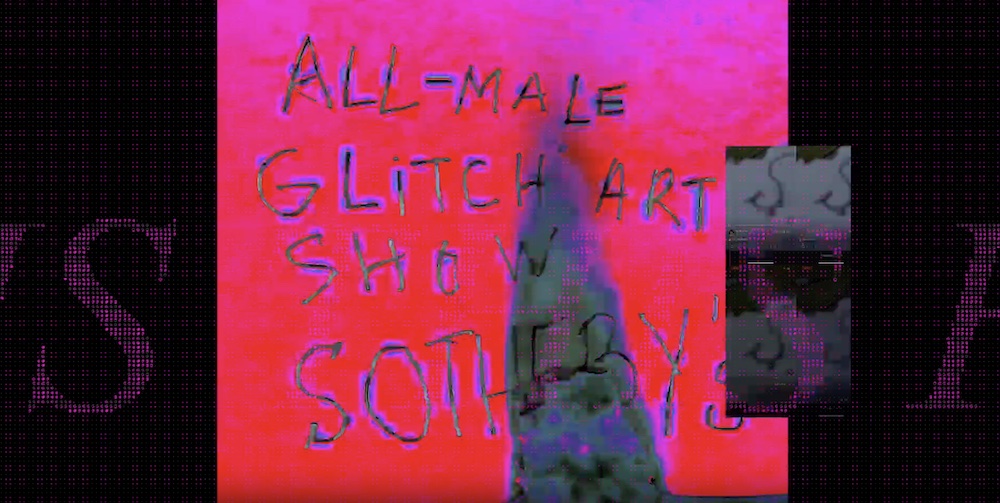
I picked Carl Joseph Begas’s self-portrait as the second work of the series because of my interest in the self-narrative format of selfies, a precursor to which the self-portrait can be considered. Selfies are very much influenced by rigid photographic standards that follow specific rules to seduce the viewer’s attention and algorithms’ ranking priority. I wanted to put the self-portrait in dialogue with selfies, also because selfies are the raw material I use in the other collection series of the glitch art project Disordinary Beauty, what I like to call “Beauty is Chaos”. Begas’s classical academic training and work in Italy where he focused on biblical themes, a classic in art tradition, and his eventual specialization in portraiture, all piqued my interest in this artist.
“I believe what also needs to be disrupted is the attention we center on some artists who are always at the center of every reference to art history, past and present, and leave other artists out.”
I decided to showcase less popular artists and works to encourage further exploration of art history through my works. I like the idea of serving an educational purpose with my art. I believe what also needs to be disrupted is the attention we center on some artists who are always at the center of every reference to art history, past and present, and leave other artists out, maybe this serves also as a message of inclusivity. Do you know what I mean? Who knows, I never thought about it this way but now that I am writing, I like to read the motivation for the choice of these less-known artists in this way too.
Maybe I am still influenced by the Sotheby’s Glitch Art events of the past weekend, but inclusivity is something I am very fond of, this is why I started the project White Page Gallery/s, to create a decentralized and distributed network of spaces to experiment a new practice for curating online art but also the narration of the state of the art of digital art where less known artists are offered more spaces, making the circle larger, fitting more people in the narrative of what digital artists are making, giving value to more voices, more stories. I stop as I do not want to get off topic but I wanted to share this with you.
RE:2 (Reflections on glitching beauty)
My experiments in glitching beauty have led me to ponder the eternal question of beauty in the context of contemporary culture. Glitches have become increasingly popular and are now ubiquitous in popular culture. That glitches were going to get mainstream was also predicted by Rosa Menkman in her Glitch Studies Manifesto. We kind of expected it, and it happened. The “aesthetic” of glitches appeal has been commodified and incorporated into glamorous content such as ads, music videos, fashion, video games, sports, and film trailers. It’s as if glitches have become sexy, appealing to the contemporary generation influenced by technology. I am also thinking of the modern heroes, the myth of the rebellious hacker, as portrayed in Hollywood. Therefore, I believe that glitching classical beauty only enhances its appeal to the contemporary sense of beauty.
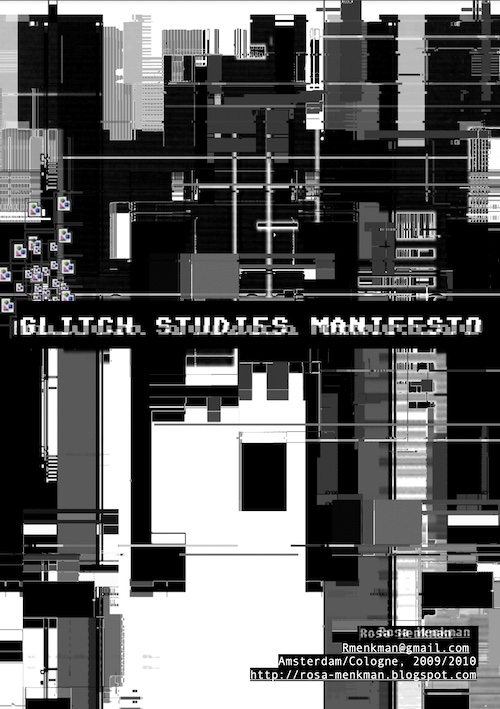
“I believe that glitching classical beauty only enhances its appeal to the contemporary sense of beauty.”
This is why in my works for Disordinary Beauty | Art Canon I am more about challenging the viewer’s experience of the artwork. I aim to create a sense of vertigo, subverting the expectation the viewers have, that of a polished and rendered image with striking definition. I seek to alter the viewer’s expectations by targeting classical canons that primarily focus on my intention to corrupt that ideal of harmony in those artworks of classical tradition where the artists, and the public, expected that sense of harmony, peace, and a delightful view. I am also targeting the context of the digital screen, that by common use influences the expectation of the viewers, a beautiful viewing experience. When glitching, I concentrate on the glitch sequences, layer on top of the layer but especially the flow, pushing them beyond the limits, and exaggerating to create a sense of dis/harmony.
“I am also targeting the context of the digital screen, that by common use influences the expectation of the viewers, a beautiful viewing experience.”
RE:3 (Lack of understanding of glitch art)
This is a topic I am very fond of. In response to your question, I want to stress that the commercialization and superficial commodification of glitch art is a disappointing trend that threatens to reduce its cultural and artistic value. While the popularization of glitch aesthetics has brought the art form to the mainstream, thank Kanye West for that, it has also created a myopic focus on the superficial aspects of the work, ignoring the depth and complexity of its technical and cultural implications. Unfortunately, many people reduce glitch art to a mere visual effect, failing to recognize its broader cultural and artistic significance.
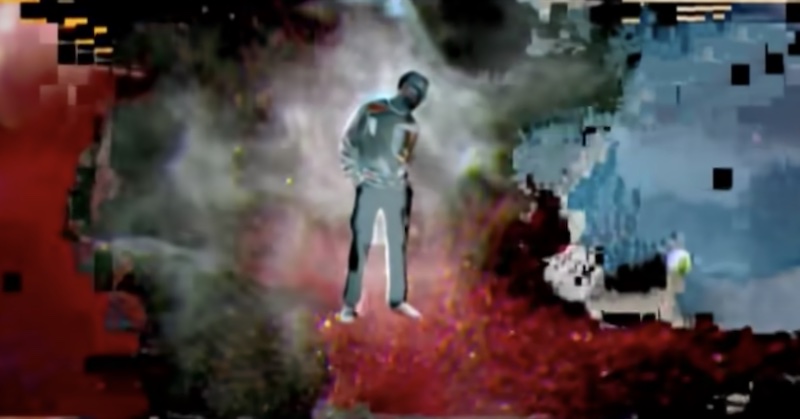
Furthermore, I believe that the technical process behind glitch art is often overlooked or ignored, reducing it to a mere novelty. Rather than focusing on the true complexity and potential of the art form, people frequently resort to using shortcut apps and plugins that are readily available. While these tools can be useful in creating an initial foundation for the art, a first step into more technical and engaging practices, they often fail to capture the true depth and complexity of the work.
“Glitch art is not just a niche interest for computer art nerds, but rather an art form with broad cultural and social relevance.”
It’s important to recognize that glitch art is not just a niche interest for computer art nerds, but rather an art form with broad cultural and social relevance. It can help increase digital literacy and awareness of the technological landscape, a creative way to explore it, and has the potential to address a wide range of important topics, from inclusivity to feminism, and security. I always tell during my classes and talk that glitch art is not just of interest for computer art nerds, but it should be of interest to everyone using technologies as glitch art is a way to gain more digital literacy by exploring the digital landscape through its imperfections, through the abnormal behavior of machines, the atypical hidden functions.

Learn more about the development of glitch art in this article by scholar Carolyn L. Kane, published in Invisible Culture Journal
Glitch art can help to spread more awareness, not just about topics related to technology. I introduced the metaphor of atypical machines’ behavior, a story of autism, and the life of a family: the glitch poetic can help to address many topics.
“Glitch art can be so much more than a mere trend or visual effect, and it’s time for us to recognize and embrace its full potential.”
Overall, the failure of institutions like Sotheby’s to fully embrace the cultural and artistic significance of glitch art is a missed opportunity, one that could have elevated the art form and brought it to a wider audience in a more deserved way. Glitch art has the potential to be so much more than a mere trend or visual effect, and it’s time for us to recognize and embrace its full potential.
I might sound biased but I made glitch art a way of life, my sort of philosophy to hack/decode life events and its short circuits. I am an imperfectionist. 🙂
Sincerely,
d0/\/\!
Confused? Try this quick intro to Glitch Art:

